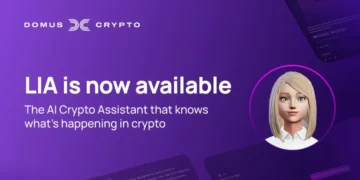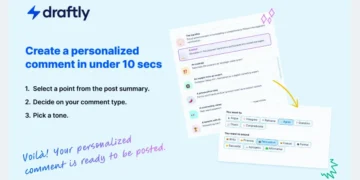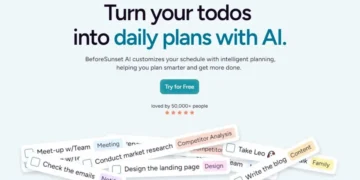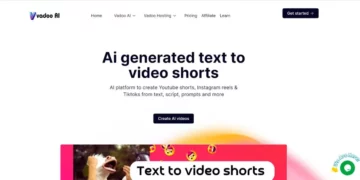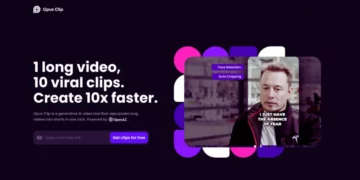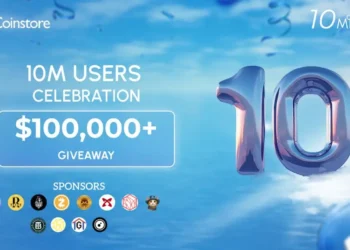Elon Musk wants to turn Twitter into a financial institution. Elon Musk shared his vision for the future of Twitter to advertisers last Wednesday in a live call hosted on Twitter Spaces.
There he suggested that users will be given the ability to send money to others within the platform and then transfer it to their bank account.
The New York Times detected that Twitter had registered with the U.S. Treasury Department’s Office of Financial Crimes Enforcement last week.
Every business needs to register before it starts doing business with wire transfer, currency exchange or check writing services.
On Thursday, during a talk with employees, which was leaked to The Verge, Tesla’s CEO said that “There’s a huge opportunity in payments,” because a wire transfer is nothing more than an exchange of information akin to a private message on Twitter. He suggested, on that premise, that Twitter could use its infrastructure to allow its users to “send money to others instantly.”
One of the ways to entice users to use this method is to offer competitive advantages over other payment systems, such as improving the interest that banks can offer.
That was the original plan of X.com, the financial company he founded decades ago that became PayPal. “PayPal currently only has some of the functionality of the plan I carried out in 2000.”
What Musk wants is to turn Twitter into a bank with exclusive services given its integration its social network to offer advantages hardly matched by the competition.
“We can give our users an amount of money to make payments on Twitter. For this we need the license that we have just applied for. Then, to take it outside, we set up a high-yield money market account, so that having balance on Twitter is more profitable than leaving it elsewhere. Ideally, we would simplify life for users who have a checking account, a savings account and a money market account by grouping them into a single one within our platform that is much simpler where it only matters whether the balance is positive or negative.”
For compatibility with the current financial system, the user would be issued a debit card linked to their Twitter balance, Musk said, and even the ability to write checks. Crucially, the balance would allow payments to be made anywhere in the world.
Idea similar to Wechat
The idea is not new. WeChat, the app that every Chinese uses every day for just about everything, employs this system. In addition to being an instant messaging application, it has a payment system that allows its users to direct debit their bills, make bank transfers or send tips to other WeChat users.
All users of the application have a WeChat Payment account, a digital wallet service that allows them to perform the financial transactions described above by linking a debit card.
This all makes sense considering Musk’s close relationship with financial companies. Also because of Twitter’s dangerous dependence on advertisers.
Currently, Coca-Cola or L’Oreal don’t need to pay for advertising on Twitter because they have numerous more popular alternatives on which to place products directly, but Twitter does need their investment in order to continue to exist.
By entering the payment and transfer business, Musk would have a new and more stable business channel that would have a positive impact on the acquisition of new users by offering new functions.
That is why it is also important for Twitter to improve its instant messaging system, which will become a WhatsApp or Signal on steroids, as Musk promised in a tweet.
WeChat successfully brought these financial services together because China was booming without a clear mobile payment option or as widespread use of credit cards as in the West.
Nowadays, paying with the cell phone is a possibility that consumers take for granted, and immediate mobile transfers are made with Bizum, in Spain, or Verse.
WeChat was also the default option for millions of users to communicate as WhatsApp can be. All Spaniards and Latin Americans communicate via WhatsApp, but only a small part of them are active on Twitter.
If Twitter doesn’t become a bank, his hypothetical plan is more complicated
Although legally complex, and it may be too ambitious considering the chaotic situation in which Twitter finds itself, Musk would be spared a lot of headaches in the future if he manages to materialize this idea.
It is key to circumventing numerous problems in the future that would arise from turning the social network into an in-app circular economy marketplace.
Any app that allows money to be transferred from one place to another needs to be regulated. And that’s expensive and problematic. That’s why Substack, Shopify, etc. use third-party payment gateways like Stripe Connect.
In addition, Google and Apple are demanding a fee for any in-app payment that provides some sort of in-app functionality, such as access to premium content or a subscription to Twitter Blue.
And it’s not just that they want a piece of the pie for allowing use of their platform, but that they force the use of a particular payment method.
This doesn’t impact on complications for offering a premium service within the app, that’s why Twitter still uses Stripe, but it does make it substantially more difficult to pay creators for content under paywall.
Apple only allows certain fixed amounts (such as $0.99, $1.99, $2.99, etc.) and also doesn’t let you transfer money directly from user to creator. Twitter would have to come up with a complex and complicated system like the one Tumblr uses.
Telegram, in a similar situation, has resorted to having usernames auctioned within an external cryptocurrency marketplace rather than directly within the app for that very reason.
“Unfortunately, Apple does not allow us to have creators monetizing their work within Telegram without paying the 30% commission,” said Pavel Durov, the messaging app’s founder. “We had no choice but to remove paid content on iOS devices.”
That’s why tips on Twitter are through third-party services such as simple linking or via cryptocurrencies.
These ambitious projects are being discussed while key executives have announced that they are voluntarily leaving their posts before Twitter has to deliver its compliance report to the Federal Trade Commission, which has overseen the company’s privacy practices since 2011.
All changes made to the app have been carefully reviewed over the past decade to avoid fines from this commission. But that with Musk has changed, and engineers are required to certify their work themselves, one employee said in an internal communication channel accessed by the New York Times.
“This will pose a huge personal, professional and legal risk for engineers. You are going to be pressured by management to introduce changes that are likely to cause major problems,” the employee wrote.
But on the other hand, Musk has said that Twitter needs millions of subscribers to survive, and he doesn’t rule out bankruptcy for the company he just bought.
His goal is to have at least half of the revenue come from users. Such a goal is impossible to achieve without extra incentives such as paid content that will have to be paid to the creators as well, or banking services.
But he needs all the organizations that have an eye on Twitter to allow him to do so, for the company to hold out until that moment and for users to trust his vision once again.
Musk wants to create the WeChat of the West, but he starts with fewer active users than his rivals and a worrying financial situation.
Follow us on our social networks and keep up to date with everything that happens in the Metaverse!.
Twitter Linkedin Facebook Telegram Instagram Google News
